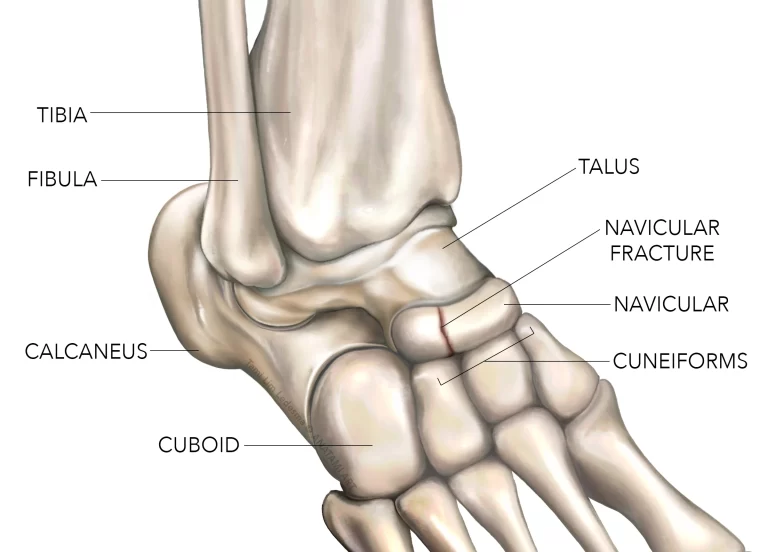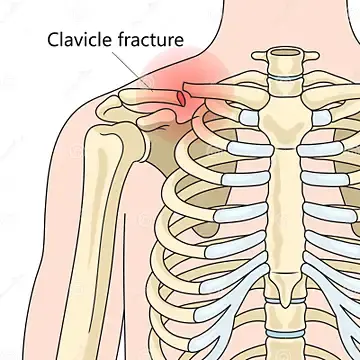Ankle Sprain vs Ankle Fracture
Overview When it comes to ankle injuries, it’s crucial to differentiate between an ankle sprain and an ankle fracture, as the treatment and recovery process for each can vary significantly. An ankle sprain involves the overstretching or tearing of the ligaments that support the ankle joint, typically due to a sudden twist or roll. On…










